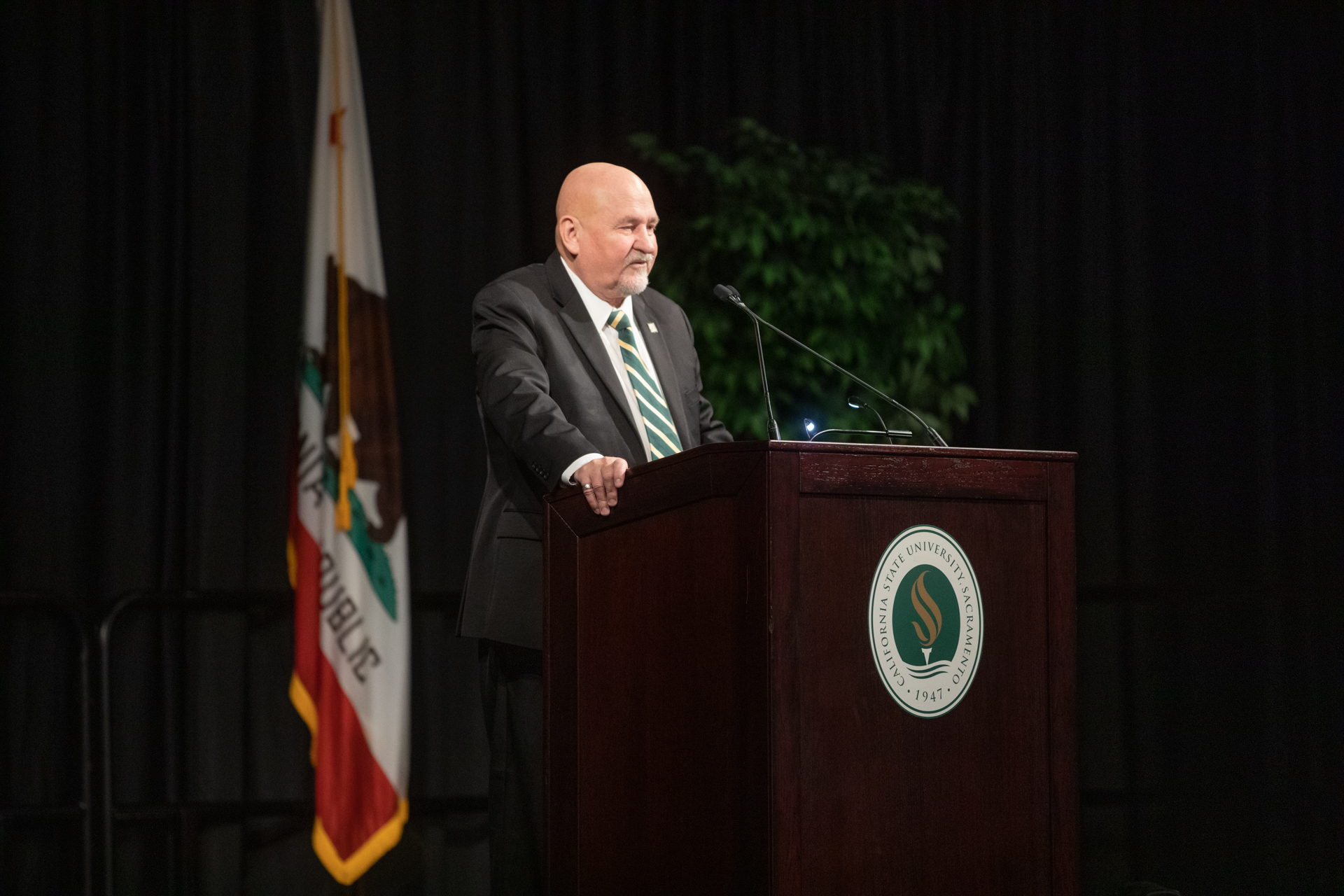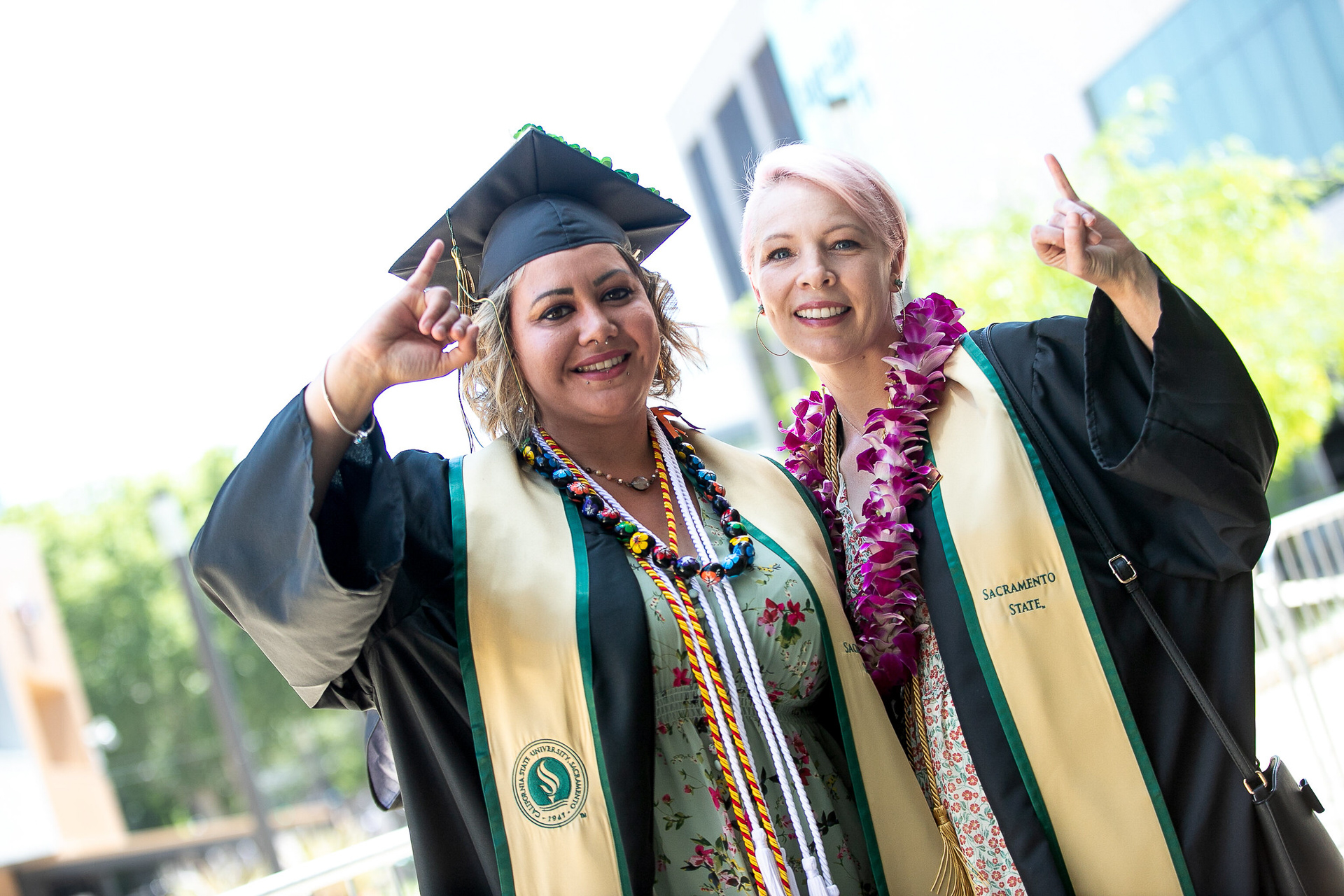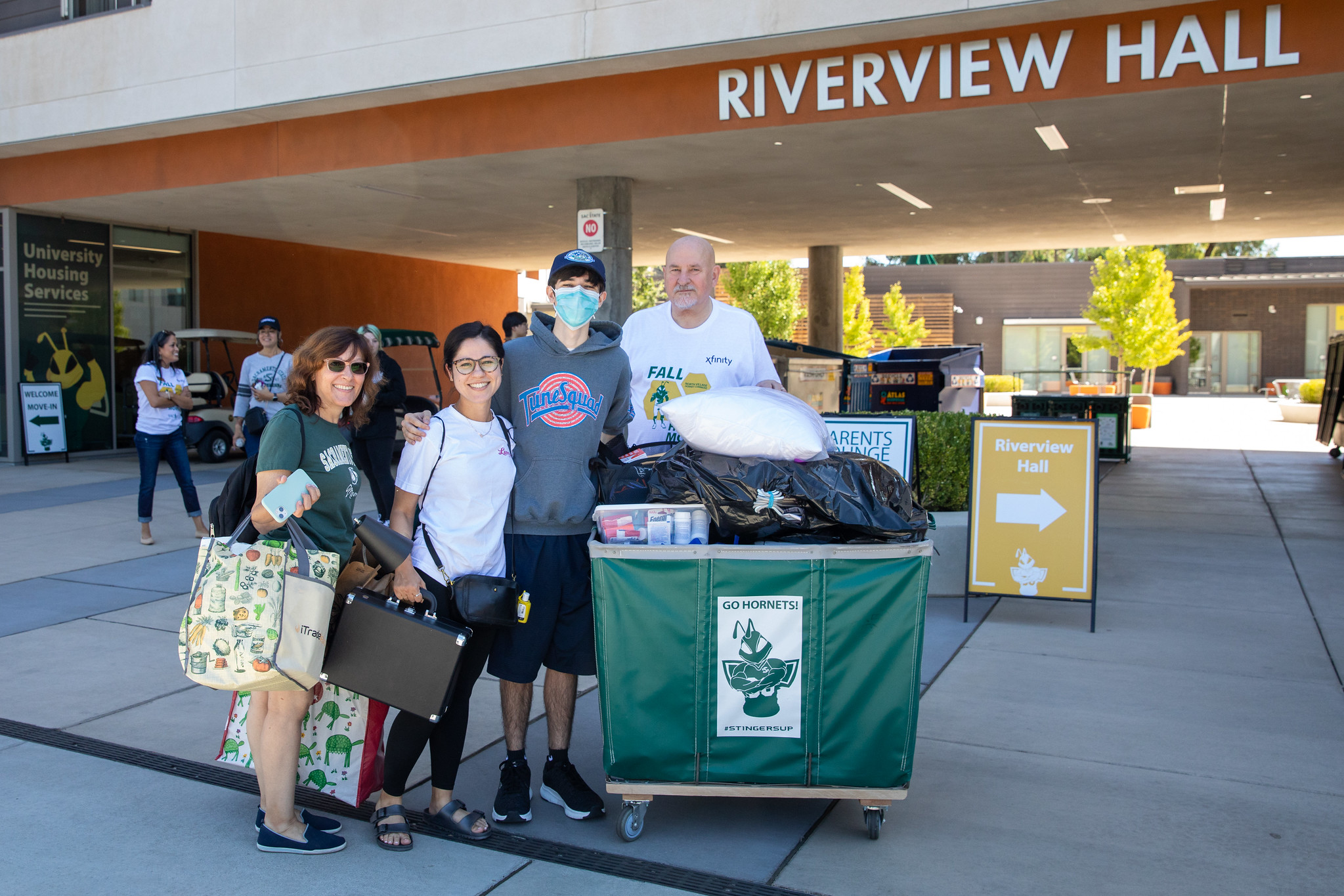Story Content
Students and faculty help preserve Sacramento’s African American history
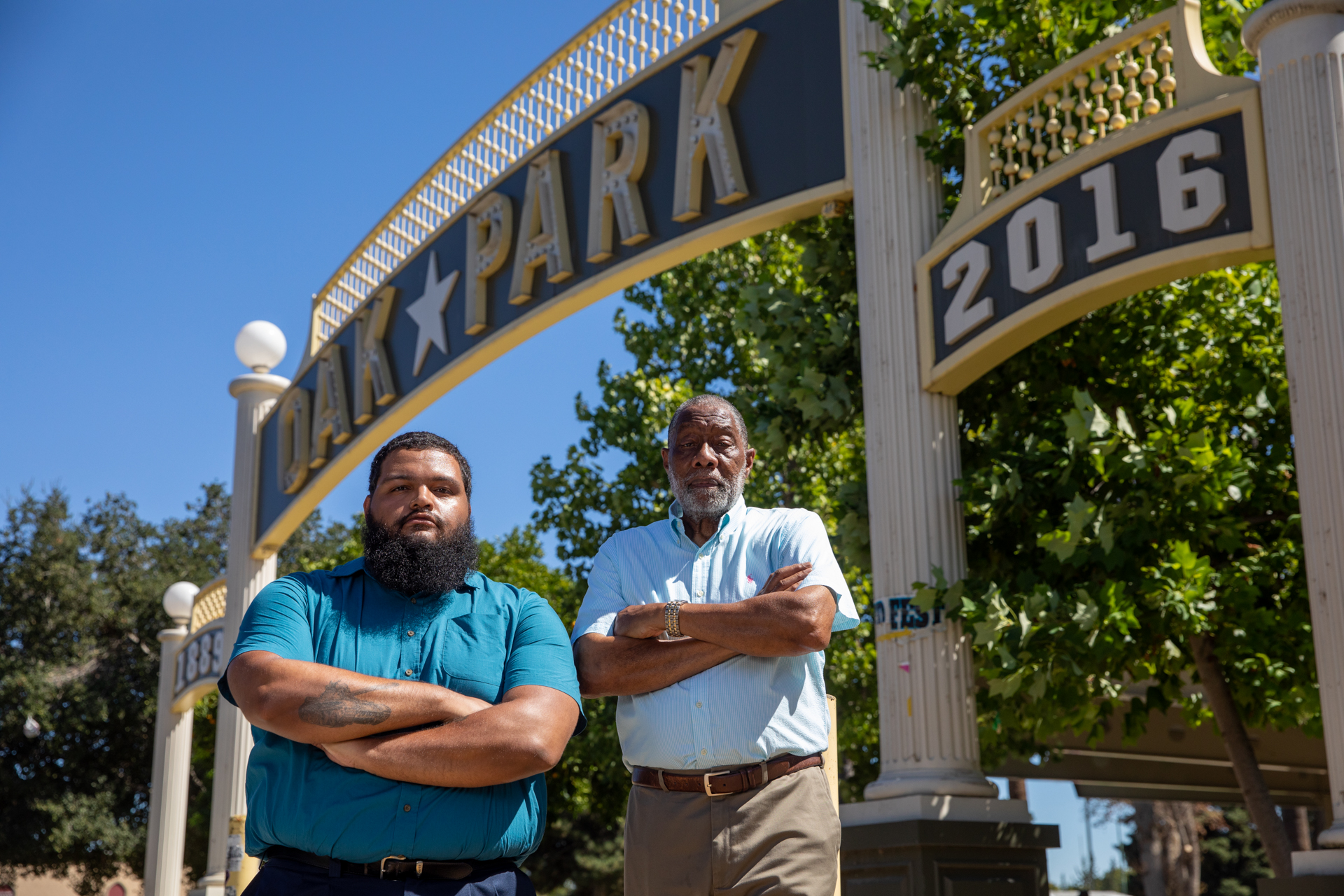
August 30, 2022
University students and faculty are helping Sacramento balance the history books by putting contributions made by local African Americans on the record.
The African American Experience Project, run by the city’s Historic Preservation Office, is an effort to identify significant people and places in Sacramento’s Black community.
In addition to preserving the stories of community leaders and elders through oral histories, the project also aims to save important buildings and landmarks.
“We really have to redress and correct the record,” said Carson Anderson, retired Sacramento Historic Preservation director. “We have to lift up the histories of people of color and recognize their cultural and historical contributions.”
“If we don’t pass on our history and our experience, we lose it, especially for people of color.” -- Joe Debbs, Sacramento activist and community leader
Sacramento State history students last year recorded oral history interviews with eight Black community leaders and elders. Next spring, students will help identify and evaluate culturally and historically significant places for preservation.
“As someone who teaches history, I always hear how history is in the past, that it’s about people who are long gone,” said Rebekkah Mulholland, Sac State Public History program director. “But when students talk to their parents, who experienced gentrification and remember when busing was an issue, the past isn’t 50 or 60 or 70 years ago.
“Students can talk to people who lived through it and experienced it … these stories are alive and well.”
A $50,000 grant from the National Trust for Historic Preservation is funding the project.
“Historic preservation focused on preserving beautiful buildings and great works of architecture associated with prominent white people,” Anderson said. Meanwhile, development and freeway construction displaced or segmented many ethnic communities, and in some cases, culturally important buildings were torn down.
“The stories of people of color, be it Asian American, Black or Latino, have often not been focused on the way they needed to be,” Anderson said.
Earlier preservationists were more concerned about architecture, the purity and quality of design. Remodeled buildings were not considered important enough to be saved, Anderson said.
In recent years, there have been efforts to document what’s left of the ethnic neighborhoods.
“We’re trying to correct that serious error by focusing more on the cultural history and a little bit less on pure, fantastic examples of architecture,” Anderson said.
Last year, students in Mulholland’s class researched Oak Park, one of Sacramento’s oldest historically Black neighborhoods. They looked at the families who lived there, businesses, transportation, and the construction of the freeway that diverted traffic away from Oak Park.
“It really impacted businesses because customers were no longer going through Oak Park, they were going over and around it,” Mulholland said.
The students’ research helped provide context for the city’s project. It was also eye-opening for the students from Sacramento and, in some cases, Oak Park.
“They went and talked to their parents and grandparents and found out that all along they were living with these founts of information,” Mulholland said. “That’s what we really love to see.
“Students aren’t just spending money to take classes. They’re bringing something to the community, talking to people and sharing their stories and building our communities.”
Public History graduate student Harvey Melvin Jones IV interviewed Sacramento activist and community leader Joe Debbs, who grew up in Oak Park.
“He has a really interesting life history and story, and it was really enjoyable to hear him talk about his community activism and the things he’d done,” Jones said.
“Oak Park was a melting pot in and of itself, and there was solidarity between the minority communities that lived there because of the prejudice they faced from the rest of the city.”
Transcriptions of the oral histories are available on the city’s African American Experience Project website. Video recordings soon will be available to the public.
“If we don’t pass on our history and our experience, we lose it, especially for people of color,” Debbs said. “We lose the information over time if we don’t document it. And that’s how you lose your heritage, how you lose your history.”
City planners will use information from this spring’s property survey to save culturally important landmarks such as Shiloh Baptist Church and Alpha Kappa Alpha Sorority house.
“It’s so we don’t needlessly destroy historic properties because we don’t know they’re there,” Anderson said.
California State Railroad Museum Director Ty Smith, who teaches an oral history class at Sac State, likes to have his students work on real life projects, rather than turn in papers that sit in a file.
“This type of work means something,” Smith said. “They get to see their work in the world long after the semester is over, and when there’s something on the line, students just shine.
“It takes on a different meaning and allows them to soar in a way abstract learning doesn’t.”
Smith added that many of the students are from Sacramento.
“So, this project allows them to be of service to the larger community, and I think that’s a beautiful thing,” Smith said. “The University is not apart from the community, it is part of it and these types of classes really demonstrate those connections.”
Sac State faculty and students worked on a similar project with the Historic Preservation Office, and the city hopes to continue building on the relationship with the University, Anderson said.
“It really has helped us,” he said. “We have a really tiny staff and very little money for this project, so the contributions Sac State has been making is very significant.”
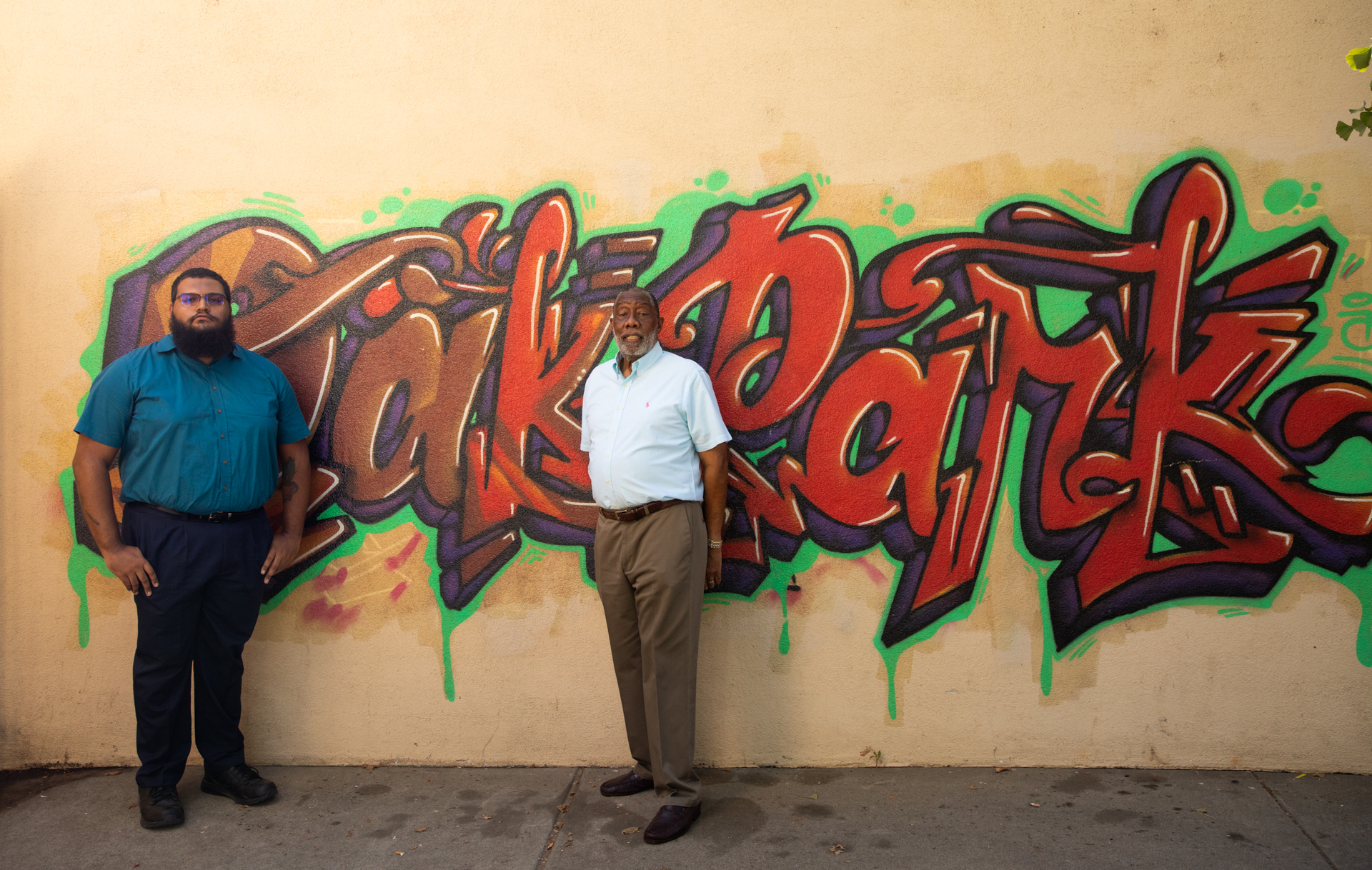
Editor's Pick
Media Resources
Faculty/Staff Resources
Looking for a Faculty Expert?
Contact University Communications
(916) 217-8366
communications@csus.edu
